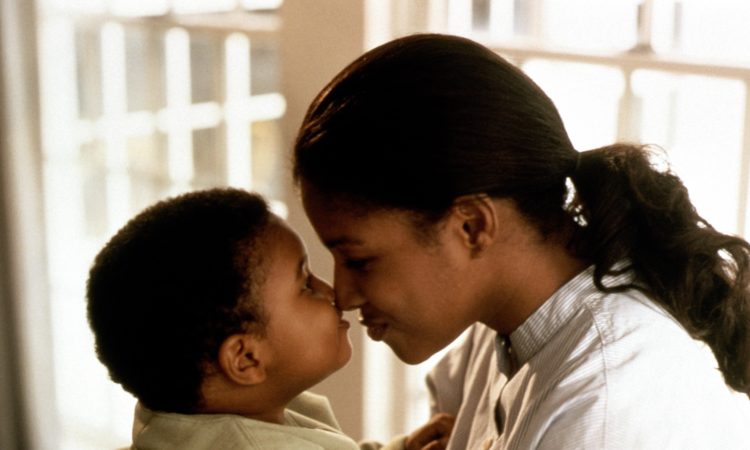
Let’s face it; divorce is a simple word for an ugly situation involving 39% of all marriages. It’s never an easy process, and child custody battles can make it even worse. Battles over custody and visitation can grow acrimonious in a hurry, and bring out the worst in both parents.
Not sure what kind of child custody arrangements would work best for you? Here’s everything you should know about child custody and visitation.
Common Types of Child Custody Arrangements
There are two main types of child custody arrangements: joint custody and sole custody. Here are the primary differences between them, and what visitation rights they grant others.
Joint Custody
Under a joint child custody arrangement, both parents still hold the right to physical time with and legal decisions about their children. Some states default to joint physical and legal custody to allow the child to spend time with both parents.
In an arrangement with joint physical custody, the child’s time gets split between the two parents. A 50/50 split is not as common as the media would have you believe, and often, scheduling is left to parents. However, if the divorce proves particularly nasty and neither parent wishes to bend, the court might create and impose a schedule.
Joint legal custody is the default in most states, barring some rare extenuating factors. This means that each parent still has the right to make their own decisions regarding child-rearing. If these choices keep coming into conflict, it might be time to hire child custody lawyers.
Sole Custody
Sole custody arrangements place the child’s physical location and legal rights in the hands of one parent. The other parent only has visitation rights. Sole custody arrangements are rarer than joint, and may require proof of wrongdoing or concern for the child’s safety to be enacted.
In a sole custody arrangement, all parties involved must stick to a court-imposed visitation schedule. If the custodial parent denies the non-custodial parent their visits under any circumstances except for the child’s refusal to see them or the fear of harm to the child, they might face legal consequences.
By the same token, if the non-custodial parent attempts to abscond with the child or bring harm to them, they can be charged with kidnapping. Interfering with visitation is charged as a criminal offense in many states, regardless of who does it. If you suspect interference, lawyer up.
As for the visitation rights of grandparents, step-parents, and other caretakers, each state has its own statutes. You’ll need to research your state’s laws to discover what your home state allows.
To Review
Navigating child custody arrangements can be a difficult process. Parents show their worst selves when they fear they’ll lose access to their child. However, now that you know the basic types of custodial arrangements and what rights they confer, you can sort out what might work best for you.
Do you need more legal questions answered? If so, check out our blog each day for more articles like this one.





